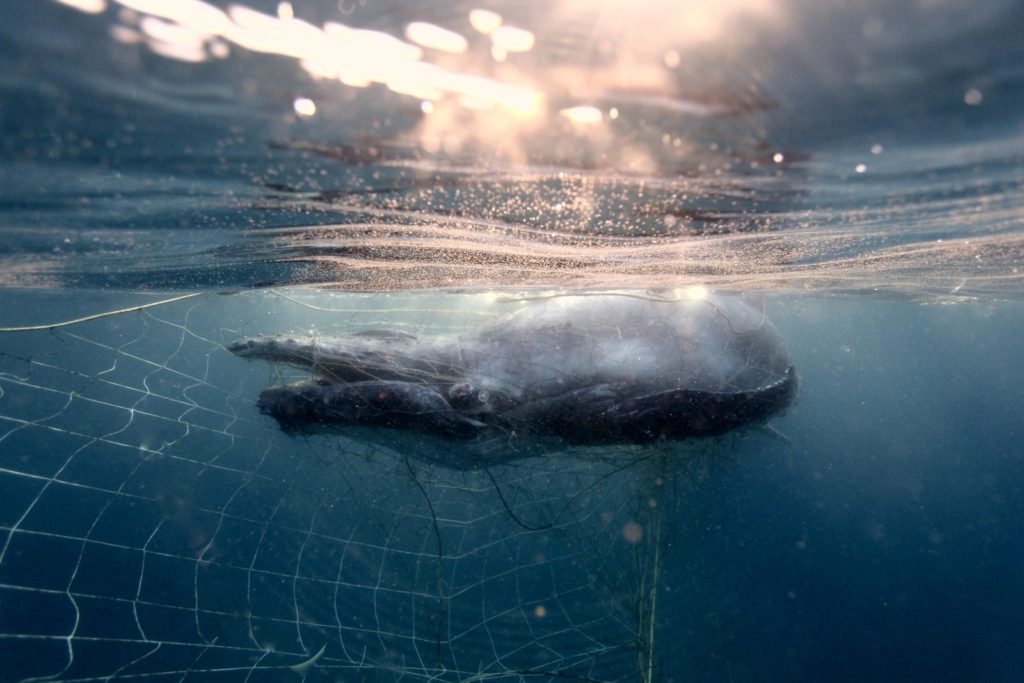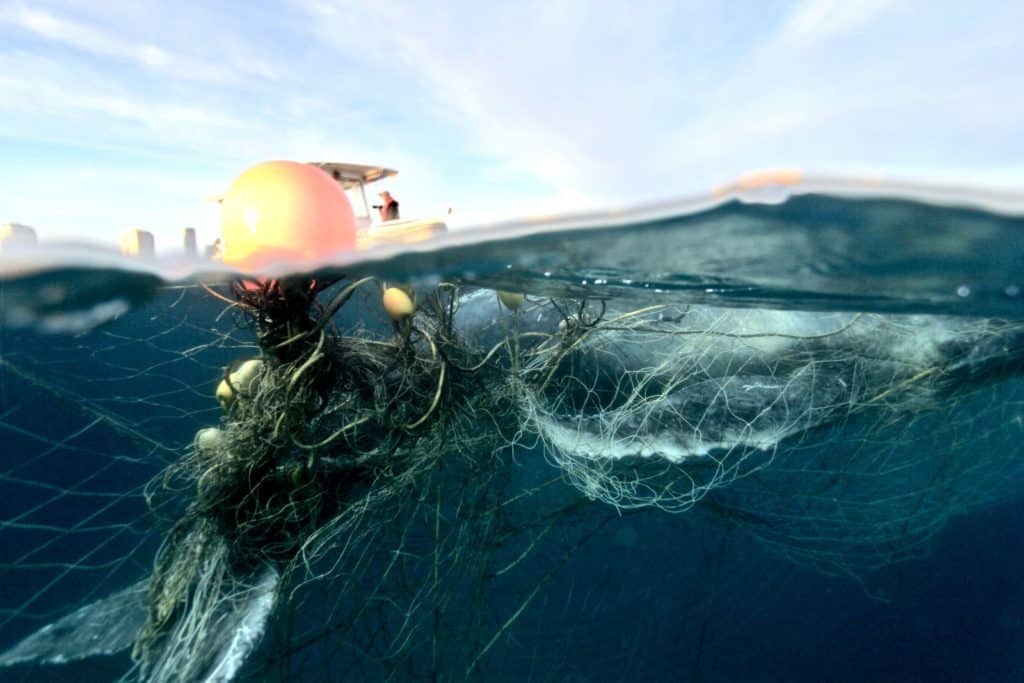One of the most important global meetings on wildlife trade has just wrapped up in Uzbekistan. It’s capital city Samarkand was where governments convened for the 20th Conference of the Parties (CoP20) to the Convention on International Trade in Endangered Species of Wild Fauna and Flora (CITES) to decide how international trade should be managed for some of the world’s most threatened...
Sixty thousand humpback whales have spent the summer gorging themselves on krill, zooplankton, and bait fish in the remote, food-rich waters of the Antarctic and are now on their annual migration to warmer northern waters. Some of these whales will undertake a 10,000-kilometre, three-month journey through the waters off Australia’s East Coast, eventually arriving in the subtropical seas of the South Pacific where they mate, give birth and nurture their newborn calves. During their journey, the East Coast is treated to amazing displays of behaviours and acrobatics and whale song – as humpback whales are among the most surface active of all cetaceans. Whale watching has become a lucrative industry as Australians take to the sea to hopefully catch glimpses of migrating whales at play.
But it wasn’t always this way.
Due to the untapped riches of Australia’s coastal seas, and the value of whale by-products in the early 19th century, whaling became one of Australia’s first primary industries. Blubber was processed to be used as oil for lamp fuel and lubricants, among other commercial products. Whaling stations dotted the East Coast in the late 1820s and 30s, including Eden on the south coast of New South Wales. Towards the end of the 19th century, whaling became so efficient with the rise of new technologies that many species became over-exploited, and populations declined precipitously. Populations continued to fall into the 20th century with humpback whales on the East Coast dropping to an estimated 200 animals in the 1960s. This unregulated over-exploitation led to the demise of the whaling industry in Australia, and thankfully, laws were passed to protect some of the species and the International Whaling Commission passed a global moratorium on commercial whaling.
Thanks to the bans on commercial hunting, Australia’s humpback whale populations have rebounded since the 1960s. From their critically low numbers and high risk of local extinction, the East Coast populations have since increased to an estimated 25,000 individuals!
With a healthy and growing population, the risk of the extinction of the East Coast humpbacks may have subsided but that doesn’t mean the danger humans pose to these gentle, graceful beings has ended. One of the principle threats to migrating humpback whales today are shark nets installed off East Coast beaches. Both New South Wales and Queensland operate Shark Control Programs that include the installation of shark nets and while NSW at least removes these death traps during the whale migration season, QLD does not.
Every year, like clockwork, shark nets strung along the Gold Coast, Sunshine Coast and southern Queensland entangle migrating whales, many of them juveniles and newborn calves. Last year, HSI photographer Nicole McLachlan discovered a whale calf entangled in just such a way.

Nicole recounts a heartbreaking scene of an exhausted young whale with tangled netting rubbing raw and cutting into flesh. The distressed mother whale was nearby at all times, swimming around and underneath her trapped offspring. Fortunately, this scene had a happy ending, with the young whale successfully released – but it could have ended very differently as whales have been killed in Queensland’s shark nets. Even when whales are successfully released, there’s no guarantee of survival. Entanglement is extremely stressful and exhausting, and whales can easily expire shortly after release. Furthermore, these whales are in the midst of an already exhausting and difficult migration.
There isn’t even a benefit to human safety from the nets. Shark nets provide nothing more than a false sense of security. Shark nets do not form a barrier to the open sea, and closer examination of years of net data has revealed that 40% of sharks are caught on the beach-side. The nets are death traps and instead of deterring sharks, they potentially attract large predators to the decaying animals caught in them.
After a recent incident in which a juvenile whale was freed by “Tinny Man,” a local Good Samaritan, the Queensland Department of Agriculture and Fisheries attempted to laud its own program by stating, “In 2019, there were just six whale entanglements…”

For these beautiful creatures, whose songs and playful displays we love so much, six is too many. One is too many. We must end the use of shark nets, and in Queensland, at the very, very least, shark nets need to be removed during whale migrations. If we are to preserve these natural wonders for future generations, we need to start by removing these completely senseless sources of mortality.
References:
The humpback whales of Eastern Australia. (2007): https://www.environment.gov.au/marine/publications/humpback-whales-eastern-australia
History of whaling in Australia. (2007). Retrieved June 17, 2020, from https://www.environment.gov.au/marine/marine-species/cetaceans/whaling
Likely effectiveness of netting or other capture programs as a shark hazard mitigation strategy in Western Australia. Assoc Prof Daryl McPhee (2012).
Penalty for interfering with Shark Control Program equipment. Queensland Department of Agriculture and Fisheries (2020): https://www.daf.qld.gov.au/news-media/media-centre/fisheries/news/penalty-for-interfering-with-shark-control-program-equipment
A marine ecologist specialising in conservation, research and outreach, Lawrence has spent years working with wildlife, the ocean and the public to engender sustainable relationships between them. He has worked as a field biologist, environmental consultant, naturalist and project coordinator with a BA from the University of San Diego, and an MSc from James Cook University. Lawrence’s work at HSI is currently focused on shark welfare and protection, specifically in regards to culling and control programs, overexploitation, and international protection.
Photo Credits: Nicole McLachlan


